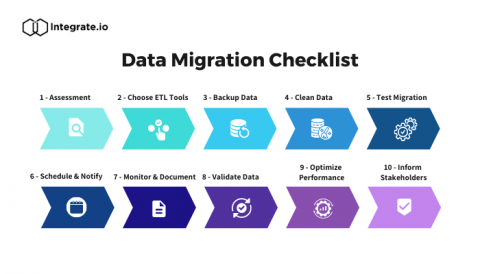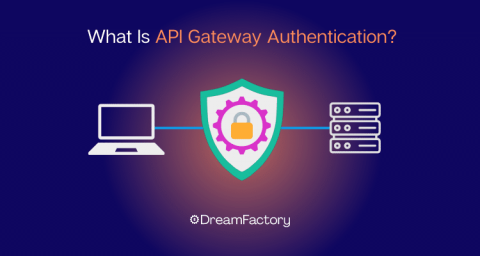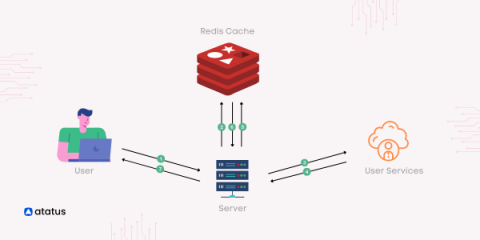Systems | Development | Analytics | API | Testing
Latest News
Data Migration with Microsoft SQL Server ETL Tools
What Is a Code Review? + How to Do Code Reviews at Scale
What Is API Gateway Authentication?
Slow App Performance? Here's How to Fix It
Excellent performance is key for any application, regardless of the framework or language. Today’s digital consumers demand speed and precision, and will quickly quit a sluggish app. That's why performance monitoring, especially Real User Monitoring (RUM), is important for every developer to implement. We recently launched RUM for BugSnag, providing developers the visibility they need to ensure great application performance.
insightsoftware Acquires Vizlib, Extending Write-Back to Qlik Users
Redis Tutorial: Exploring Data Types, Architecture, and Key Features
In today's digital landscape, data reigns supreme, shaping every facet of modern life. From personal pursuits to corporate endeavors, data's significance is undeniable. Its pivotal role spans industries, driving informed decisions and fueling efficient operations. Businesses harness data's power to decipher trends, understand customers, and adapt strategies. Effective data management, epitomized by Database Management Systems (DBMS), is essential.
Exploring Event-Driven Architecture: A Beginner's Guide for Cloud Native Developers
Classical request/response architecture is driven by procedure calls, where a caller waits for the call to finish, and the call continues until the work is done. Each incoming call is broken into smaller procedure calls, which may in turn call other procedures. In contrast, event-driven architecture (EDA) is driven by events such as user actions, sensor outputs, or messages from other programs/threads, which determines the execution flow.
Writing a Custom Credo Check in Elixir
Static code analysis is an important tool to ensure a project meets the right code standards and quality. In Elixir, the most popular package for this is Credo. Not only does it offer dozens of pre-made checks, but it also allows you to create your own. In this article, we will walk you through creating a Credo check. We will see how to write the code, enable the check in the Credo config, and make it nice to use. Let’s start!
CI/CD best practices: Advice from the 2022 Mobile DevOps Summit speakers
In this blog post, we’ll round up the best mobile CI/CD advice from last year’s Mobile DevOps Summit to help you release better apps, faster. Our Agenda and Speaker list have been released for our 2023 Mobile DevOps Summit: October 4 - 5.











